In the heart of the Atacama desert, the 2635-metre-high Cerro Paranal hosts one of the most famous “stargazing” machinery of all time: the European Southern Observatory’s (ESO) Very Large Telescope, or VLT.
The world’s most advanced optical telescope, which started operations in 1999, consists of four 8.2-metre Unit Telescopes as well as four 1.8-metre Auxiliary Telescopes, all of which work independently as well as together. Even though the four large telescopes are the same in size and structure, each of them is equipped differently in order to look for specific objects in the sky; Unit Telescope 3, for instance, is currently working for Sphere, a programme whose goal it is to find exoplanets (extrasolar planets, ie. planets outside our solar system).

Astronomers across the globe apply for observation time at the VLT, either by visiting to utilise the telescopes in person or by requesting for specific observations to be carried out by the resident ESO support astronomers. Since each Unit Telescope is equipped with different add-on instruments, research projects at the VLT cover a variety of topics, such as the study of dark matter, gamma-ray bursts, black holes and, in the case of Unit Telescope 3, the search for exoplanets.
This characteristic, combined with the telescope’s extremely powerful resolution, makes it the most productive individual ground-based facility in the world when it comes to observational astronomy. Findings obtained here have led to the publication of, on average, at least one peer-reviewed scientific paper per day.
According to Florian Rodler, ESO Staff Astronomer at the Paranal Observatory, looking through the VLT is like peering back in time and glimpsing the history of the universe. With it, “we can really go to the edge of the observable universe, collect the light from galaxies and distant stars emitted about 13 billion years ago,” he says. To get a feeling for the immensity of the scale, consider that by looking at the night sky with the naked eye, we see the light emitted by stars 1,000 to 2,000 years ago. Thus, Rodler continues, “telescopes are like big time machines: we can see the universe at its different ages, see what happened 13, 12, 11 billion years ago and so on. This helps us see how the universe has evolved, how galaxies and stars form and evolve.”
Observations at the VLT have led to breakthrough discoveries, such as the existence of a supermassive black hole at the centre of the Milky Way (and if that’s not mind-blowing enough, consider that black holes seem to exist at the center of virtually all large galaxies). Just in the past couple of months, research at the VLT has provided data suggesting that dark matter may be smoother than expected, as well as showing the real-time development of a young solar system.
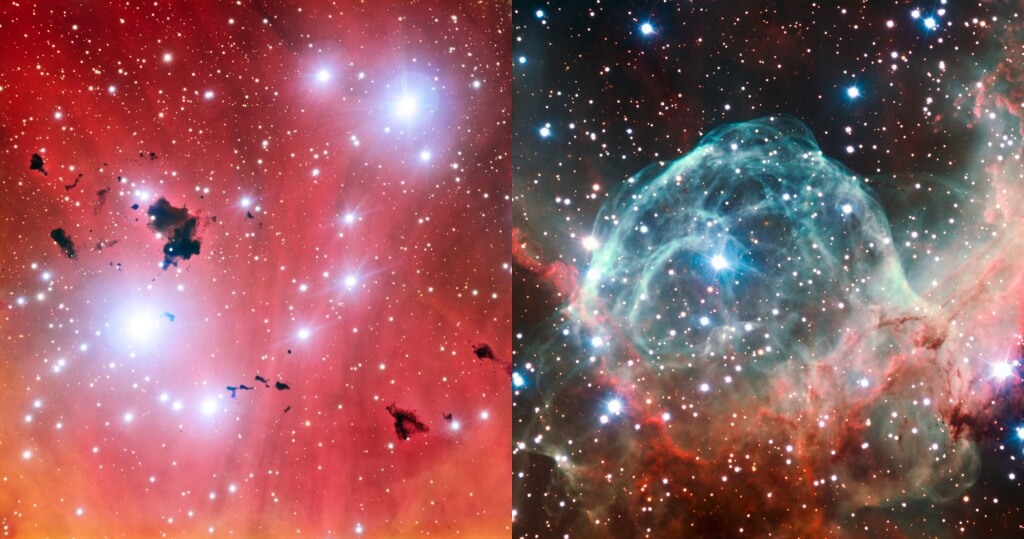
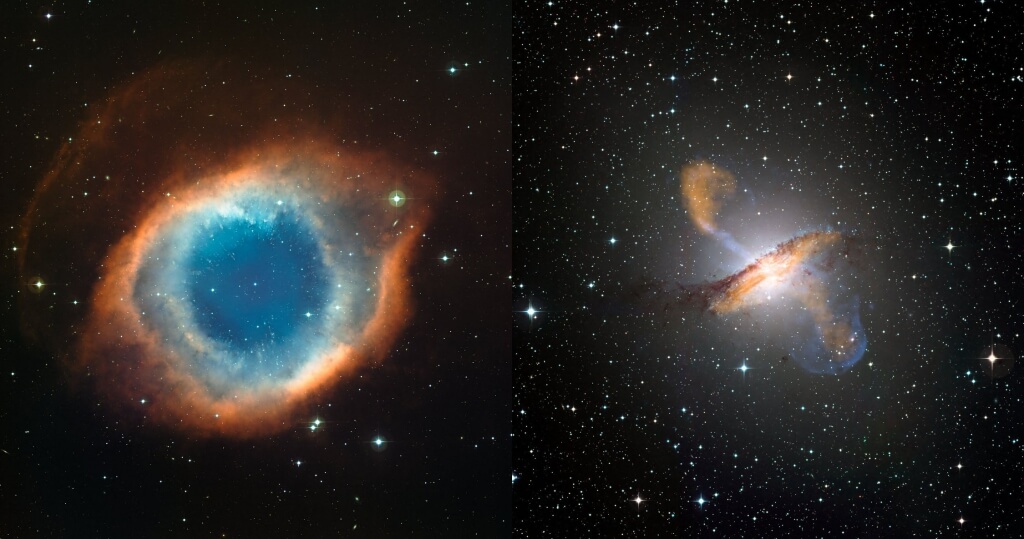
Recent measurements carried out at the VLT also contributed to the 2016 discovery of exoplanet Proxima b, which orbits our neighbour star Proxima Centauri and whose temperature would allow the presence of liquid water on its surface. Though research on Proxima b is still ongoing, its discovery brings hope to the quest for Earth-like planets relatively near us. And that’s not all: “Since NASA’s Kepler mission found thousands of other planets, we know that almost every star we see in the night sky has a planetary system,” Rodler says. “Planets are everywhere: it’s not the exception, it’s the rule.”
This is even more striking when considering that planets are very difficult to detect, as their size is tiny on a cosmic scale and they don’t emit light of their own. Most planets are detected indirectly, by inferring their existence from effects on nearby stars, with calculations requiring powerful instrumentation, of which the VLT is a leading example.
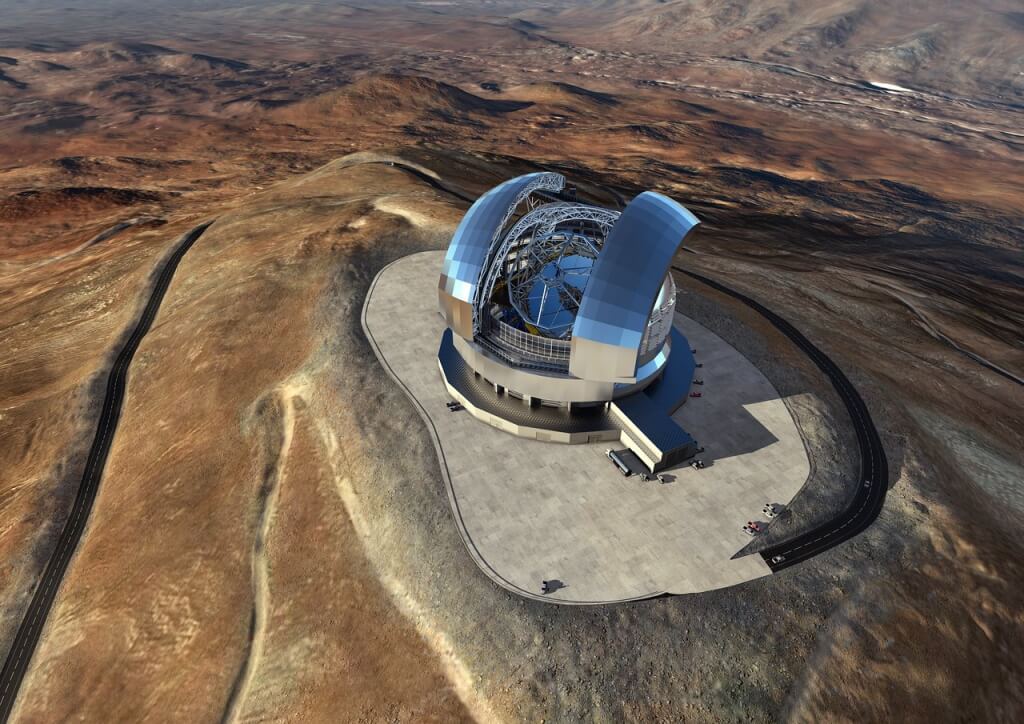
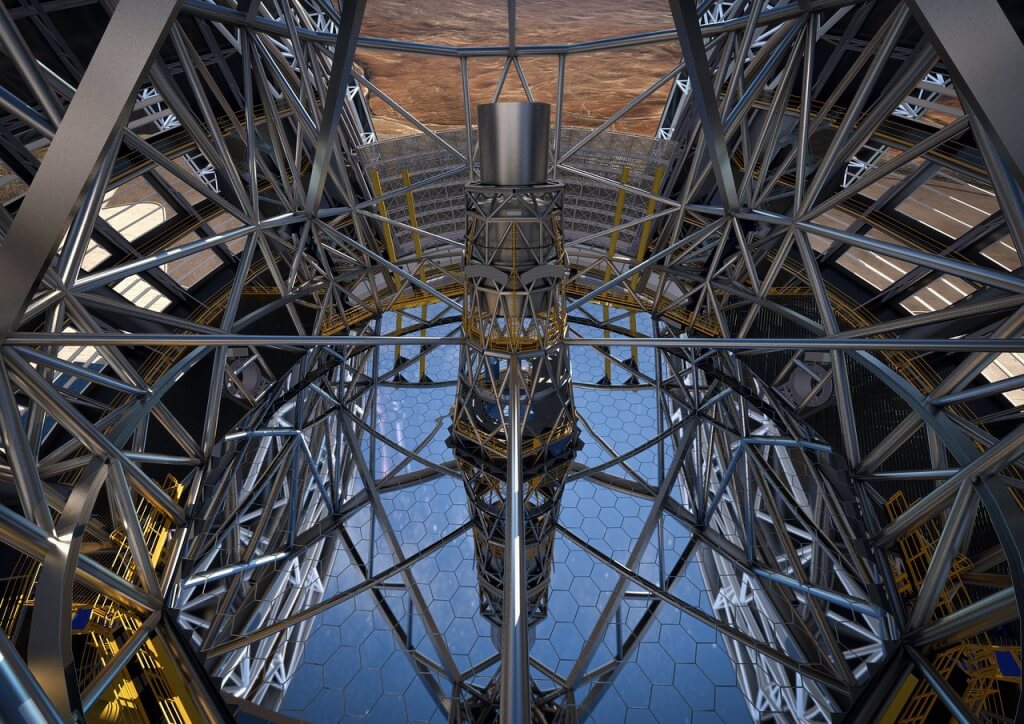

The search for exoplanets is also one of the reasons behind the current construction of the Extremely Large Telescope (E-ELT) on Cerro Armazones, close to Cerro Paranal, which will be the largest telescope in the world when it begins operations, most likely in 2024. The E-ELT will be equipped with a mirror 39 metres in diameter, able to gather 15 times more light than the largest optical telescopes operating today. It will provide data on the formation of the first stars, galaxies and black holes, detect water and organic molecules around stars in the making, and answer fundamental questions about planet formation and evolution.
If you ask Rodler, there’s a bright future in store for the field of astronomy: “I am really curious to see what we’ll find with the next generation of telescopes such as the E-ELT. There’s going to be many surprises, for sure.”
For more information, visit eso.org
Article by Livia Formisani

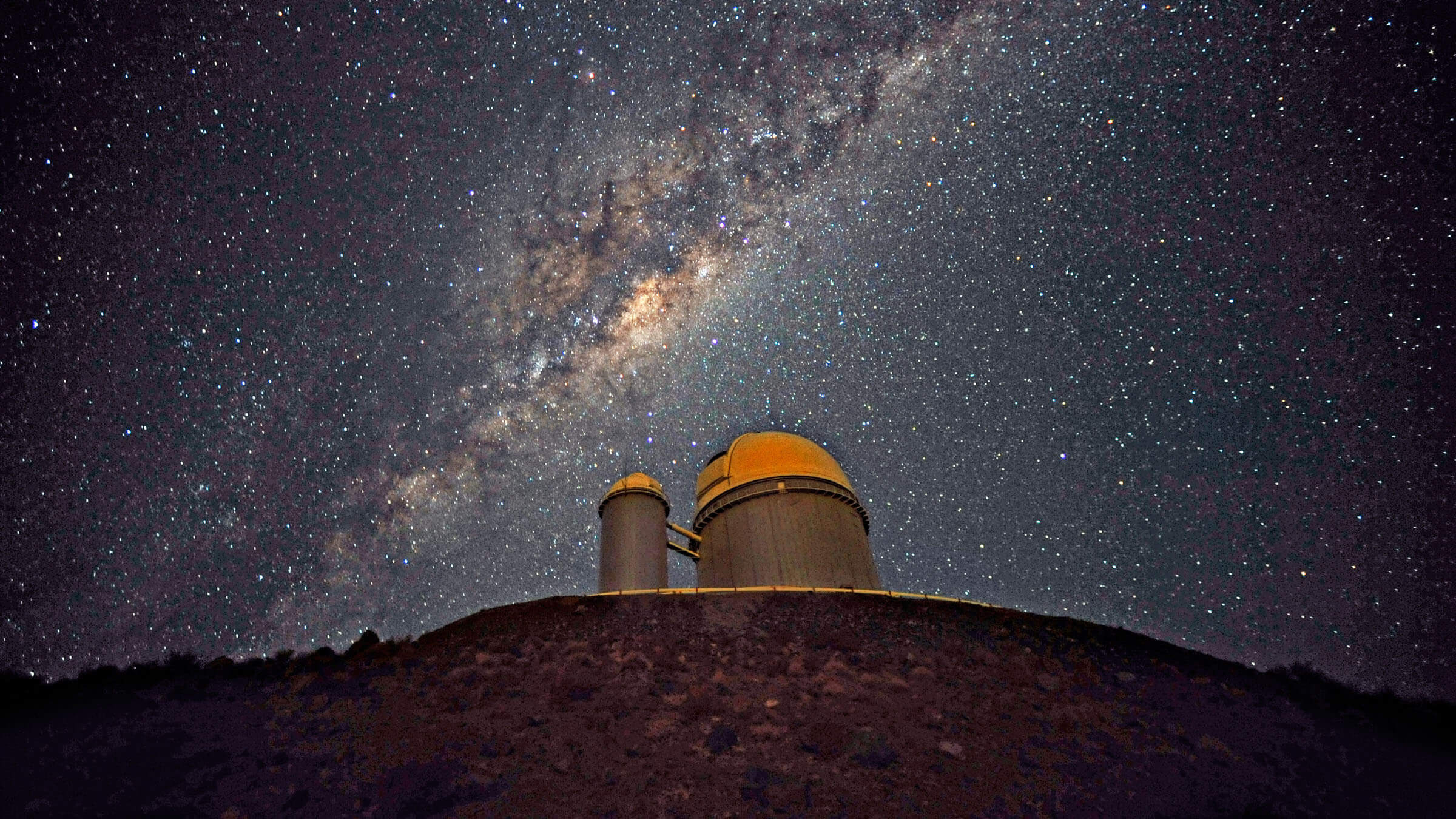












Sorry, the comment form is closed at this time.